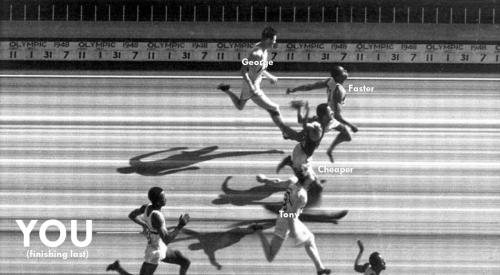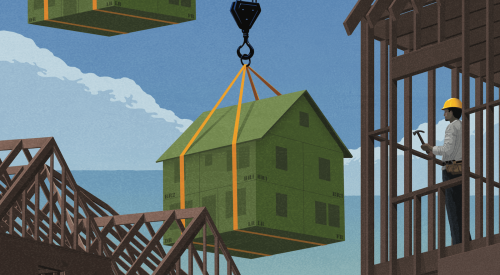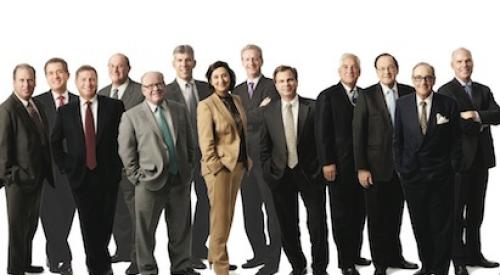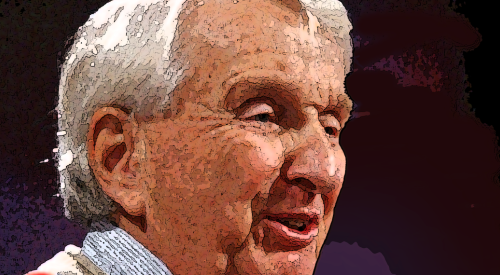| Dean Horowitz, Publisher |
We never spend enough time ensuring that the language we use to describe our individual companies communicates our message clearly. Our words and our actions represent to others what our company is and what it will become.
Buddhist philosophy speaks to the perceptions created by the feedback of our senses. In one passage from the book The Buddha Speaks, Majjhima Nkiaya states:
“When an eye and a shape are there, then the consciousness of seeing arises. From this consciousness comes sensation; that which is sensed is thought over; that which is thought over is projected outward as the external world.
“So I declare that in this 6-foot-long body with its perceptions and thinking lie the world, the beginning of the world, the ending of the world and the way to the ending of the world.”
While a lifetime of contemplation rests in these words, they are not exclusive to religious observation in meaning and insight. The words and images that describe our companies create the brands we bring to market and indicate how we define our companies to others. Our marketplace is the 6-foot-long body that summarizes what our company is, based on our language and our products.
Verbal, physical and written language are the ways cultures communicate, the way the body comes to terms with this part of its world. In our business community are many terms that have been overused and are nearly meaningless as a result. “Number one,” for example, no longer possesses a link to leadership because it is used primarily by companies that are number one in only one aspect of their business. Usually that aspect of achievement is not of direct client benefit. Rarely can companies claim number one in customer satisfaction. Too often number one means quantity sold rather than quantity satisfied. Number of items sold does not transform a fleet vehicle into a Lexus.
All of our goals and meaning should come from phrases such as “customers turned salespeople” and “most valuable ideas” and “highest-quality construction” and “total customer satisfaction.” This issue of Professional Builder communicates a number of things we desire for our company. The Thought Leaders and Achievement Award winners present enriching ideas for the rest of our community to utilize. By singling out these individuals, we are describing our values and desires and demonstrating the impassioned curiosity this team has for the residential construction industry. Our residential construction community delivers quality products as a result of continual learning, strength of character and the thrill of accomplishing wonderful things together.
A large section in this publication is devoted to Habitat@25, a program that brought together members of our community — builders, remodelers, trade contractors, architects, suppliers and building product manufacturers — to build five homes for deserving families. Habitat@25 reflects the verbal, written and physical language we want used to communicate our brand.
I once overheard an advertising salesperson for Professional Builder say to a prospective client: “We are not for anyone who wants to build, we are for the ones who have dedicated themselves to their profession, the ones who deliver meaningful products to their customers. If you value their commitment, then you need to do business with us.”
Does your company build homes only for people who appreciate quality and want a long, meaningful relationship with their living environment? It must be said for it to be heard and for your reputation to be built.
Powerful language.












